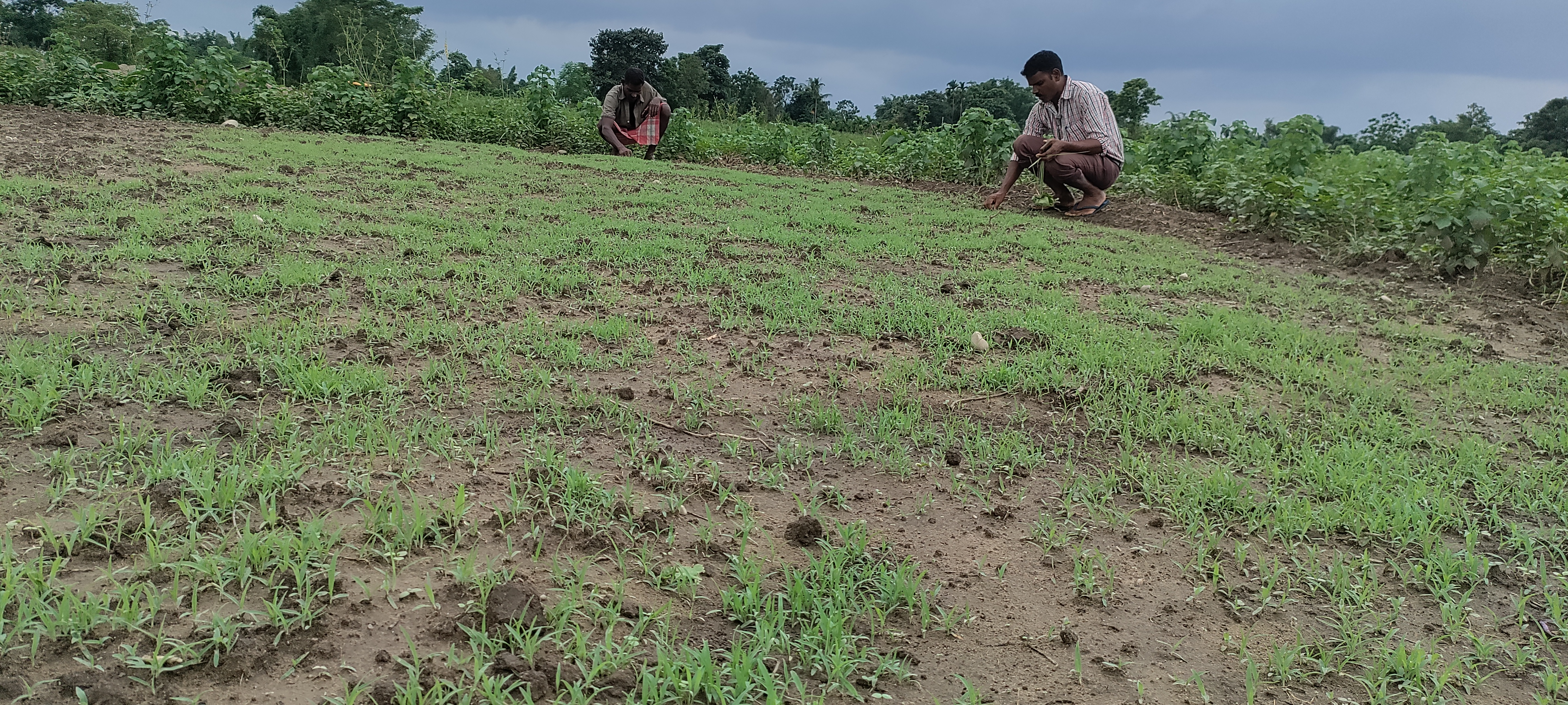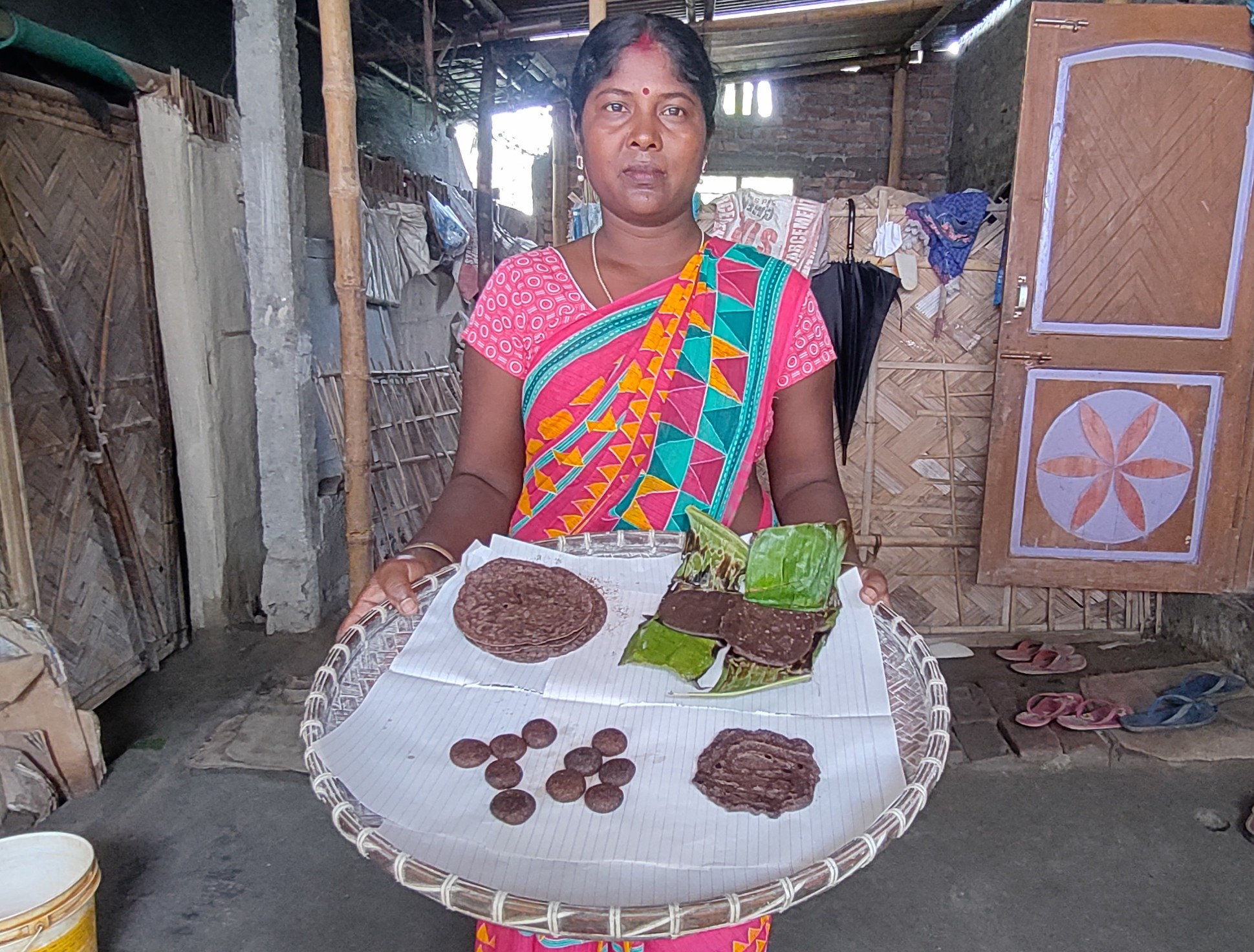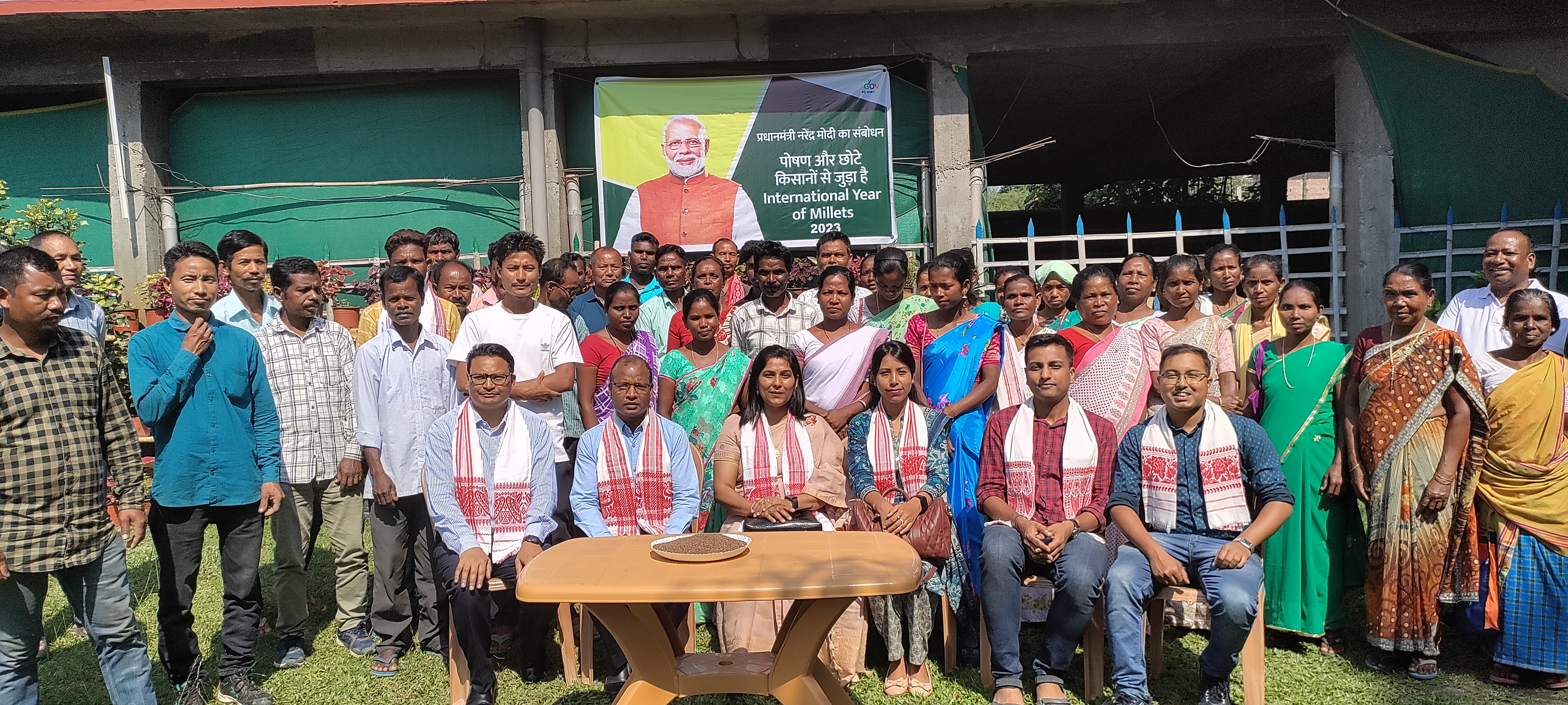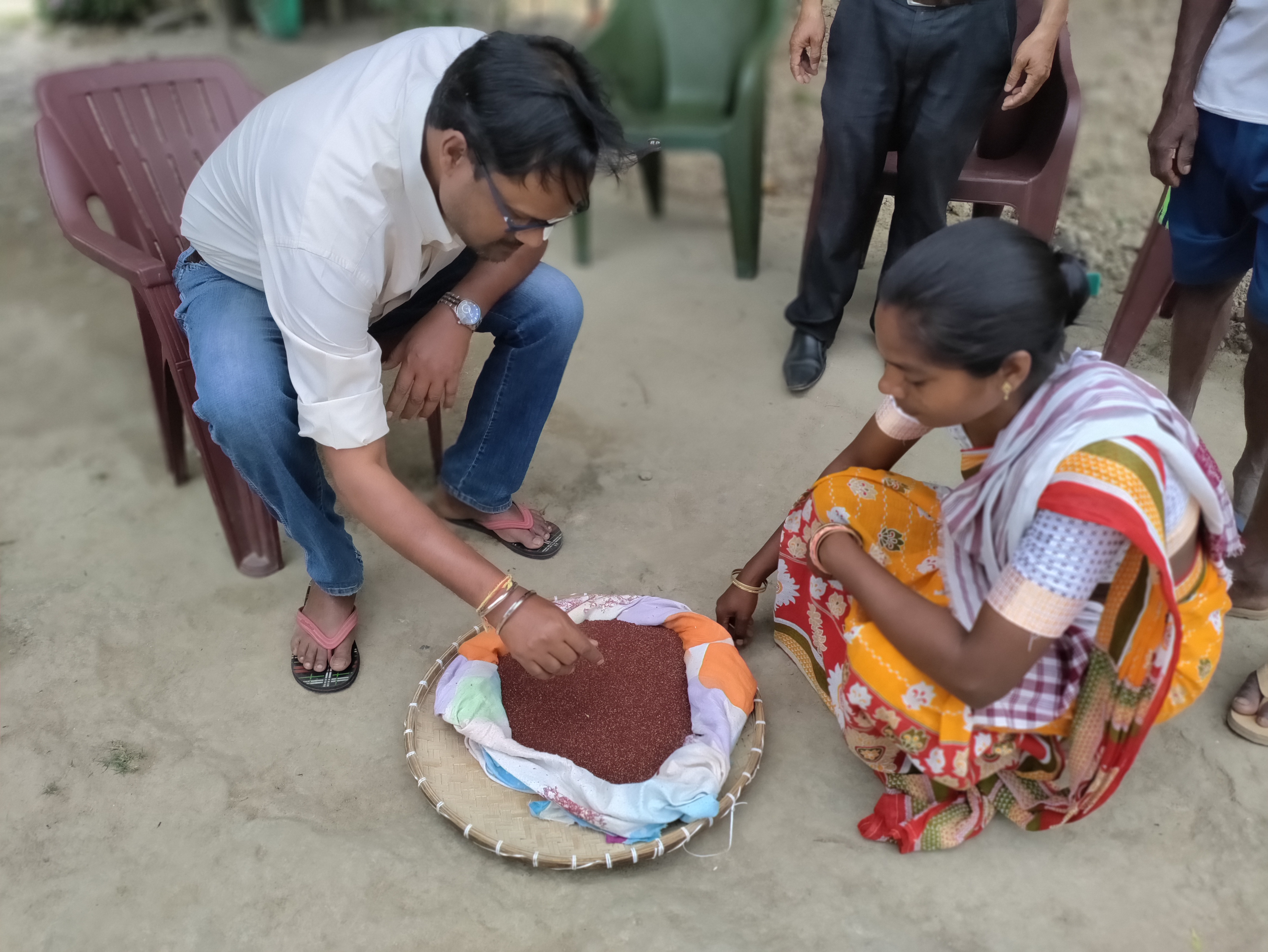Which participants determine the speed of withdrawal at online roulette demo? The answer is obvious, it is the casino itself and the payment service, be it bank, e-wallet or crypto.
Why are smallholder farmers from Assam reviving millets on their farms?
Do you know millet can thrive in areas with limited rainfall, poor soil conditions, and even high temperatures?
These are some of the many advantages of millet, apart from its nutritional superiority. Almost 60 years ago, millets comprised 40% of cultivated grain in India, but the Green Revolution in India has changed everything. The crop, laden with vitamins such as folic acid, vitamin B6, beta-carotene, and niacin, was replaced with rice and wheat. Globalisation has changed people’s food habits, and millet was forgotten in this race.
Ten years ago, a single farmer in a small farming community in Assam embarked on a journey to revive millet. As time passed, the remarkable success of the farmer’s millet crops caught the attention of his fellow farmers.
Intrigued by the farmer’s production, others in the community followed his lead, gradually embracing millet cultivation as a viable alternative to their existing crops. A sense of curiosity and excitement spread through the village as more and more farmers eagerly joined the movement, without initially grasping the historical significance or nutritional value of millets.
Initially, the new generation of farmers was unaware of the origins and advantages of millet, but later some of them started gaining insights from Jharkhand, a region known for its millet farming expertise. Consequently, the seeds were sourced from Jharkhand to kickstart millet cultivation in the area. The farmer’s pioneering efforts ignited a movement that spread throughout the community, eventually leading to a broader understanding of millets and their benefits.
Gradually, the community’s understanding and importance of millets deepened. They discovered that millets were not only adaptable to challenging climates but also possessed exceptional nutritional value. Rich in dietary fibre, protein, and a range of essential vitamins and minerals, millets offered a healthier alternative to the monoculture crops that dominated the region.
The journey that began with a single farmer taking a leap of faith has now transformed the community. Through a combination of trial and error, shared experiences, and newfound knowledge, they not only become millet cultivators but also advocates for the crop’s revival. Their collective efforts fueled a sense of empowerment, self-sufficiency, and environmental sustainability.
Varieties of millets are cultivated
Among the Adivasi communities in Assam, three primary varieties of millets are cultivated: gundli (Barnyard millet), Bajra (pearl millets), and Sorghum (known as Gangai in their local dialect). These millet varieties have been traditionally grown by the Adivasi people, contributing to their food security, cultural practices, and agricultural sustainability.
Usages of Millets among Adivasis of Assam
Once called “poor man’s food”, the Adivasis of Assam are utilising millet as a nutritional source, often consumed in the form of chapatis (flatbreads) as a staple food, cooked and enjoyed in various dishes like porridge, pilaf, and as a rice substitute. Millet chapatis and rice offer a diverse and nutritious diet, contributing to the overall health and well-being of the community.
Millets under TSSS
With the passage of time and shifting agricultural trends, the cultivation and consumption of millets have declined. To revive the forgotten crop of millets, the Tezpur Social Service Society (TSSS), one of the partner organisations under the Caritas India FARM Northeast programme, is empowering farmers in 12 villages of the Sonitpur district for millet cultivation. They promote millet cultivation by providing support in the form of millet seeds, training, and capacity-building programmes. Additionally, if a farmer intends to cultivate more than 1 acre of millets, the TSSS will assist by providing ploughing machines or tractors to prepare their land. These efforts aim to encourage and enable farmers to engage in millet cultivation and contribute to the revival of this important crop.
TSSS has identified 70 farmers in the Sonitpur district who will be cultivating millets. These farmers will collectively produce millets on 9.33 hectares of land. They expect to get a yield of approximately 140 quintals (14,000 kilogrammes) of millets by the following year. This initiative aims to boost millet production in the area and contribute to the revival of millet cultivation in Sonitpur district.
The new millet wave
In an effort to promote and empower millet cultivation, buyers have started purchasing millet directly from the farmers at Rs. 40 per kilogramme. This direct interaction between buyers and farmers not only provides a fair price to the farmers but also encourages the cultivation of millets. Additionally, the TSSS has also thought of supporting millet farmers by Procuring some quantities of millet directly from farmers and retailing them in the shop. This initiative will help create a market for millets, ensuring the farmers have a reliable avenue to sell their produce and generating awareness about the nutritional and economic benefits of millets.
Copyright Caritas India 2013 ! Developed by Neural Info Solutions Pvt. Ltd.


















































